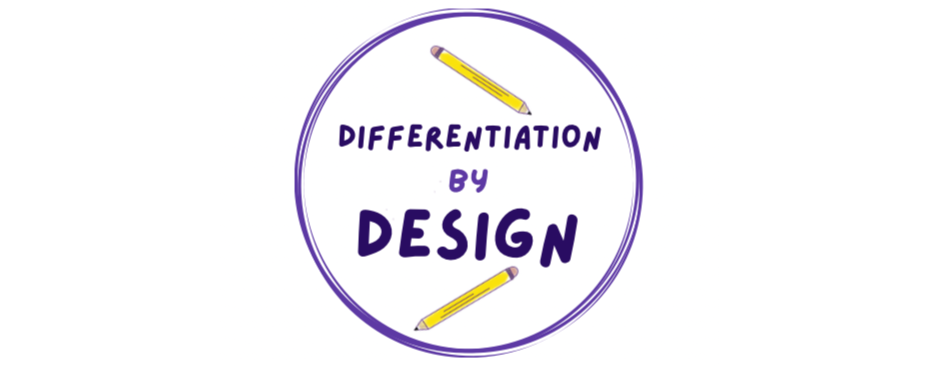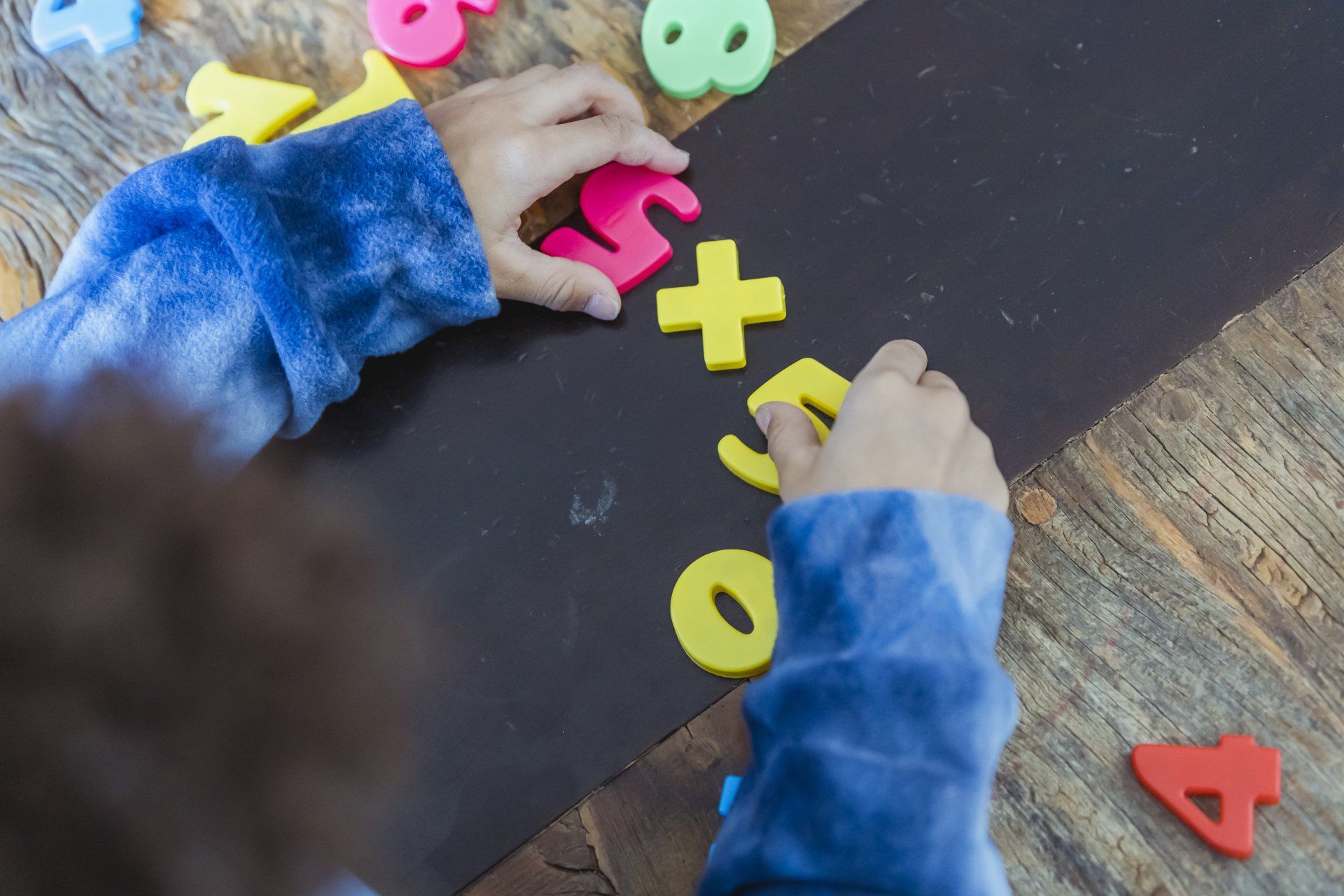Errorless Learning
Increase Differentiation in your Classroom with this Strategy!

Why I use errorless learning:
Picture this: you are working with a student who is performing 2 years below grade level in math. You ask them if 5 is an even or odd number. They respond that the answer is even. You tell them that 5 is an odd number, then ask them the same question shortly thereafter. They answer even again. This student has now had two repetitions of associating the number 5 as an even number, which is not actually the case. This student may be an excellent candidate for errorless learning.
Definition:
Errorless learning is the concept that students should have multiple exposures to the correct answer before having to answer a question without any visual supports.
Examples of use:
Errorless learning can take place during direct instruction where the teacher can remind students of the correct answer or association between two concepts using verbal and visual cues. Errorless learning can also take place on a worksheet or task cards where a question and answer are provided for the student to practice.
Benefits of errorless learning:
- Increases amount of correct repetitions for a concept
- Increases confidence
- Provides more visual and verbal support
- Allows a teacher to provide differentiated support for their students
Resources:
- Alphabet Matching
- Counting and Number-Matching
- Hundreds Chart with Blanks
- Addition within 10
- Subtraction within 10
- Odd and Even Number Activities
- Multiplication Fact Practice
- Division Practice









